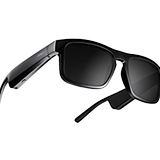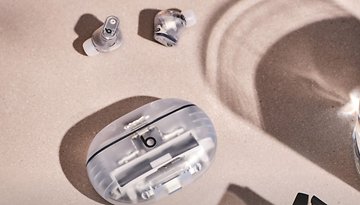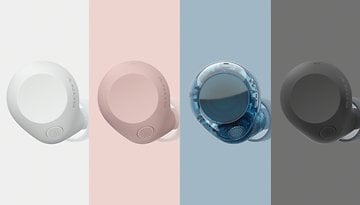Bose Frames 2.0 review: Cool but non-essential


With the Bose Frames 2.0, the audio giant continues marching onward in the extremely niche market of audio glasses. I was able to review the Bose Frames Tenor which happened to be one of the three new models, but at $249 a pop, do the Bose Frames offer something more than being a cool pair of shades that pump out music? Let us find out.
Good
- It is super COOL!
- 5.5 hours of battery life
- Good audio quality with clear sound
- Comfortable to wear and lightweight
Bad
- Design looks a bit cheap for the price
- Proprietary charging cable is impractical
- Unergonomic controls
- Limited to IPX2 certification
- Extreme lack of bass
- Expensive price

The Bose Frames Tenor in a nutshell
Bose launched its conceptual connected audio glasses in 2019 and I actually had the privilege of reviewing the first version when I was still working in Paris. The Bose Frames Tenor that is on review here happens to be one of the three new pairs that were launched by the manufacturer in late 2020.
In this new range, we will take a look at the Tenor model that features rectangular frames, a Soprano model and its more rounded butterfly frame, as well as the sporty version which is simply known as Tempo. All three models are priced at $249 a pop, with the Tempo model having the distinction of larger drivers, a longer battery life, and a USB-C port for charging - points which might influence your purchase decision.
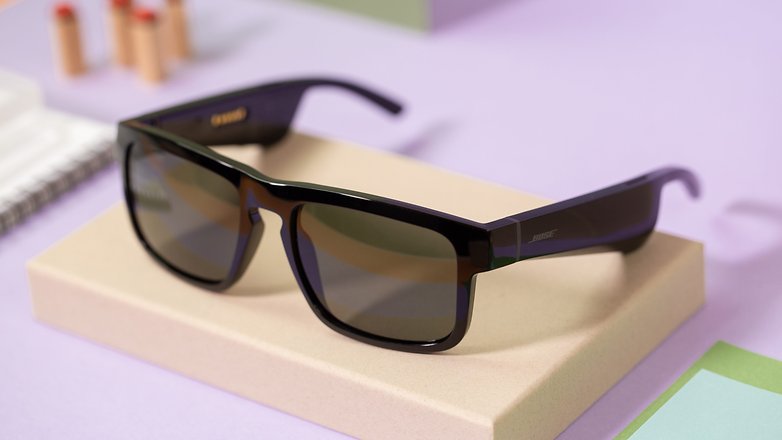
Glasses with built-in microphones and speakers, what's not to like about it? The Bose Frames concept is both awesome but also relegated to an extremely niche market. Imagine true wireless headphones that lack bass while sporting an outdoor-friendly design that looks great when you put it on.
You end up with a deliberate excuse for a dispensable luxury item that you only pull out only once or twice in the summer when the weather is nice and dry. Bose Frames could very well be the wearable electronics equivalent of a vintage convertible. However, that doesn't automatically relegate it into the realm of bad products.
We need to get away from the utilitarian approach by which we judge most of our consumer electronics devices. We're not talking about a need but a desire here, the desire to be cool and to show off with these connected glasses. And that's why I still use the first model, the Bose Frames Alto, even if that means putting it on only a few weeks in an entire year.
We will see in this review that Bose has reproduced the qualities found in its first model on this new version, although perfection has not been attained just yet.
Design: A very "plastic" look
The Bose Frames Tenor offers a more compact and polished design than the first generation with its IPX2 water and dust certification as well as interchangeable lenses.
What I liked:
- Looks like normal glasses.
- Interchangeable lenses (99% UVA/UVB protection).
- Feels light and comfortable like normal glasses.
What I didn't like:
- Case does not offer device charging.
- Use of cheap plastic materials.
- Only IPX2 certification.
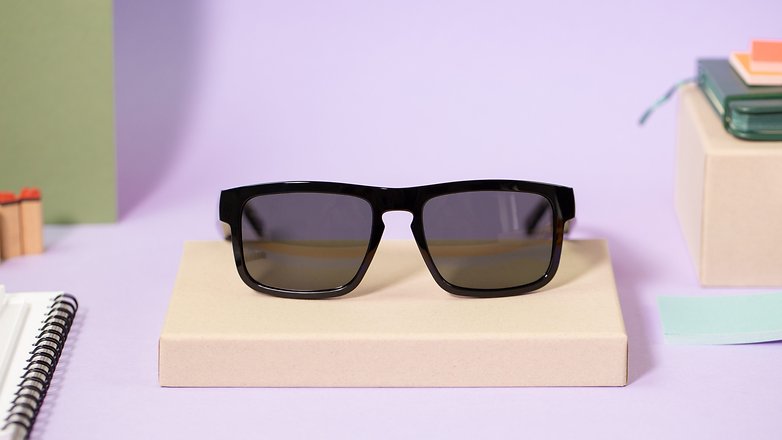
When you purchase a pair of sunglasses for close to $300, you definitely would want to wear and show off. The problem is, the Bose Frames make such an effort to be discreet in order not to draw too much attention to their protruding temples (that houses all the audio technology), that they become close to a generic design that does not warrant a second look.
However, I must say that the design is certainly more meticulous than the first generation. We went from a grainy plastic coating to a smoother, more upper-class material that imitates the effect of lacquer or varnish which is found on classic glasses. Bose explained that they decided to settle for nylon TR-90, a material that is commonly used on traditional glasses.
But when I took them in my hand, the extremely lightweight form factor, as well as a feeling of hollowness on the Bose Frames Tenor, gave the impression that this is a rather cheap pair of glasses, at least one that does not warrant the premium price tag. The same can be said for its interchangeable lenses that can be unclipped while carrying a sticker price tag of $39 per pair. The entire feel that is overwhelmingly plastic is rather jarring.

I found that this new model is also much smaller in size than its predecessor. The Alto model that I own came in two sizes, S and M/L while the Tenor which I reviewed has only one size (for comparison, the Alto M/L was 54 mm x 21 mm x 136 mm while the Tenor measured 55 mm x 18 mm x 136 mm). Bose reduced the width of the lenses and the space between each lens by 1 and 3 mm, respectively.
For those who have large heads like me (not metaphorically, of course), this is a bad thing. The Bose Frames Tenor continues to be very comfortable to wear, where I felt as cramped in them as I did in my Calvin Klein XL slim-fit shirt that I haven't managed to fit into since I was 19. However, I am still keeping that shirt at all costs while waiting for the day when I whip myself into shape and having a body that even Adonis would turn green with envy.
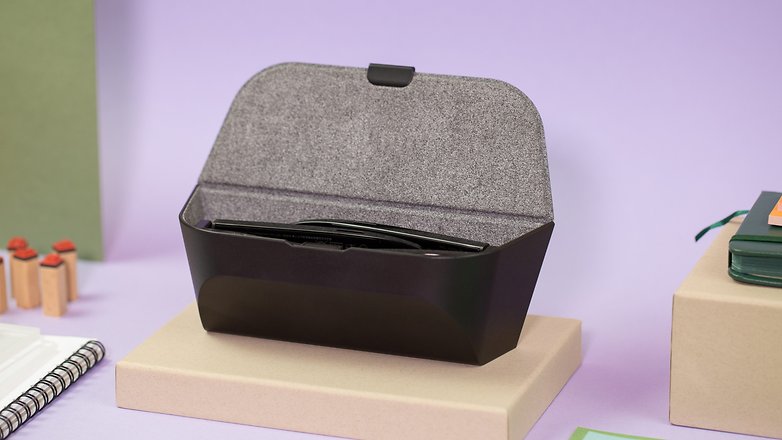
Overall, I find the design of the Bose Frames Tenor successful in terms of the discreet integration of all the audio technology. However, the look of these luxury glasses is clearly not worthy of the entry price. I know we're paying more for the technology than the materials here, but at $290, surely one can expect a little bit more than simply a "plastic" finish."
Cool touch controls, but not very ergonomic
The Bose Frames Tenor is not a mere pair of sunglasses, and neither are they a pair of true wireless headphones. So what about the sound quality?
What I liked:
- Surprisingly clear sound.
- Voices are audible.
- Maximum volume is powerful enough for outdoor use.
What I did not like:
- Surprising lack of bass.
- A lot of reverberation.

When I reviewed the first version, I was really surprised by how much better the sound quality was than I expected. We're talking about microphones that diffuse a directional sound and do not do so via bone conduction. Hence, it's pretty crazy that Bose managed to produce audible sound without turning its frames into a Bluetooth speaker that will burst your eardrums.
Well, it should be noted right away that the Bose Frames Tenor are sorely lacking in bass. The sounds are not percussive enough and lose dynamism. What I want to say is, we almost don't care about that since 90% of the music that we enjoy happens to hail from various factors (strings, brass, voices, etc).
The small 16 mm drivers (as a reminder, on a pair of high-end headphones, the diameter of the membranes is around 40 mm) produced surprisingly clear sound. When I say clear, I meant that they are audible on both sides, with audiophiles pointing out that it focuses more on the mediums/high-mids and highs than other segments.
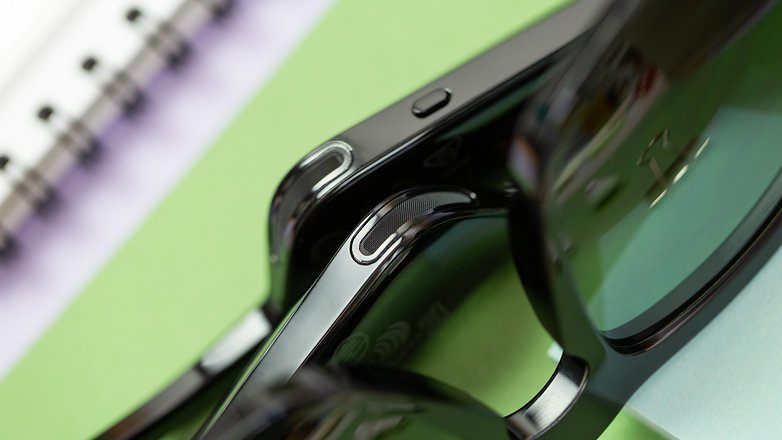
On the other hand, a defect that was in the first generation of audio sunglasses has not yet been rectified in the new Bose Frames Tenor. Basically, there is audio leakage, which means whatever you are listening to can also be heard by others around you.
When you are outdoors, nobody ever looked at me the wrong way even when I had the volume cranked up to 100%. However, when you are indoors, you would have to be careful with the volume level. When I was riding the subway, I limited my personal audio sessions to a maximum volume of 50%, as the music was audible enough for my personal enjoyment, but whenever I removed my glasses, I could still hear some sound (the clashing of cymbals, for example).
In the SoundCloud playlist below, you can hear what the glasses sound like indoors as I recorded myself with a professional mic while playing a song at low, medium, and high volume on the Bose Frames.
The above playlist also included a snippet where I recorded myself talking indoors and outdoors just to see how the Bose Frames Tenor microphones performed. Overall, I found the quality to be average, which is the case with almost all true wireless audio products that I have reviewed so far.
While the voice remains intelligible, there is some crackling and the Bose Frames Tenor simply does not do a good enough job of attenuating ambient noise and isolating voices.
Overall, I'm still pleased with the audio quality of the Bose Frames Tenor. For glasses that one uses when one is outside walking or riding the bicycle, I find them to be perfectly balanced. It is more or less similar in performance to in-ear earphones with ambient mode enabled that amplifies noise around you, while delivering less punchy bass. I even found myself working with them, as the glasses are far more comfortable than earbuds if you are going to wear one of them for long periods of time.
Battery life: More durable than the Airpods Pro
The Bose Frames Tenor promises 5.5 hours of battery life and is charged via a proprietary cable.
What I liked:
- Impressive battery life compared to other high-end TWS headphones.
What I didn't like:
- Proprietary charging cable.
- Slow charging time.
- The case should have doubled up as a charging station.
When it comes to battery life, Bose has done a good job in keeping to their claims. I was always able to exceed 5 hours of use before having to plug the Bose Frames Tenor into a nearby power outlet.
And that's certainly the least pleasant part of the user experience with this product. The proprietary charging cable was excusable for the first model, but it is hardly acceptable for the Bose Frames Tenor, especially when the sporty model, the Tempo, comes with a USB-C port.
The charging time is also rather slow. In fact, it takes an hour to go from 0 to 100% and the charging cable itself is sadly very short.
I expected a lot of progress from Bose when it came to the charging mechanism and frankly, I am quite disappointed. This is especially so since the battery life is impressive. The Bose Frames Tenor can outlast most of the other high-end true wireless headphones in the market. Hopefully, Bose realizes that it would be far better to be able to charge the Frames in their case.
Cool touch controls, but not very ergonomic
One very cool thing is the integration of touch controls in the right arm of the Bose Frames Tenor.
What I liked:
- Touch-sensitive controls.
What I didn't like:
- Touch controls are not used often enough.
- Poor placement of the multi-function button.
- Companion app is not very interesting.
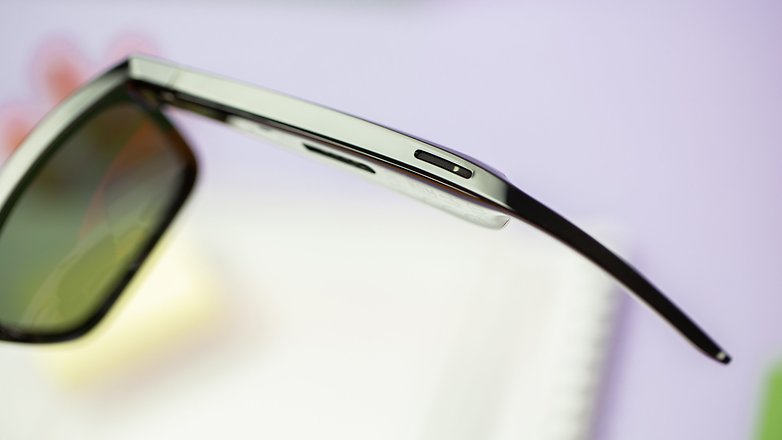
In order to adjust the volume, you will have to slide your finger forward or backward along the arm. The touch-sensitive system is sensitive enough, but it lacks precision. A double-touch on the same arm allows you to activate the voice assistant.
In general, I think it's a shame that Bose limited the touch controls to just adjusting the volume. Everything else is assigned to a physical button on the lower edge of the right arm. Furthermore, the controls depend on two scenarios: content consumption or phone calls.

When you listen to media, a single press allows you to play/pause, while a double-press allows you to change the track. When you receive an incoming call, a single press allows you to answer while a double-press helps you hang up. This button also doubles up as the power button.
That's at least 5 different commands assigned to one little button. I would have liked Bose to make more use of the tactile surface of the arms of its glasses.
Especially since it is impossible to reprogram the controls, even via the companion application known as Bose Music. Let us now talk about the companion application. I don't see the point of installing this apart from looking up the list of controls just in case you forget how to adjust the volume. All you have in the app is a battery indicator, volume controls, and Bluetooth devices.
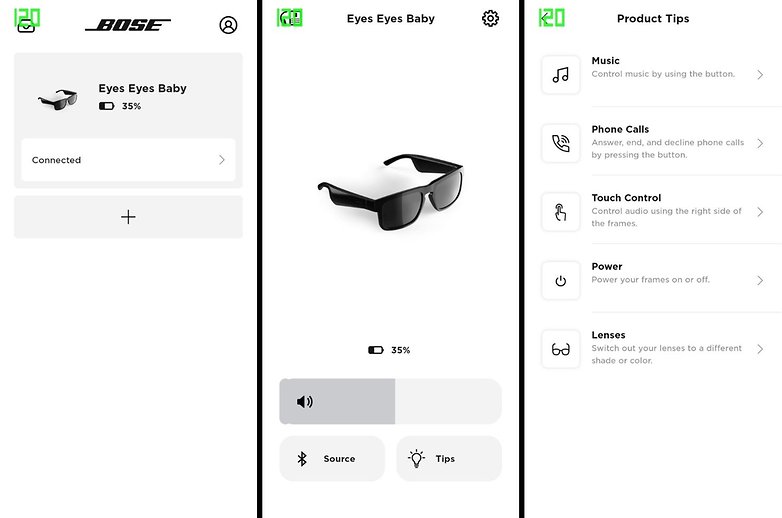
Finally, I would have liked that Bose was more creative in the use of its tactile surface, by integrating them in the two legs, for instance. As for the application, the only good thing about it is Bose no longer requires you to create a user account in order to access it.
Conclusion
If you've read my review, you may have the impression that I was rather too harsh on this pair of audio glasses without appreciating them. Well, think again. I simply wanted to give you the most balanced points of view possible.
The Bose Frames Tenor are obviously imperfect. They are also logically not the best true wireless audio wearable in the market in terms of audio quality. Active noise reduction, the buzzword in the audio market since 2018, is also completely absent here.
But honestly, as flawed as the concept may be overall, it fills its niche market perfectly. If you want to be cool and are sick of the white stems or earbuds, pick up the Bose Frames without any hesitation.
We're not talking about a product with hardware thrown in as an afterthought. Here, the afterthought itself is the product. And, for once, this unique proposition actually works in its favor. We're not talking about a barely usable Samsung 100x space zoom. The promise here was to offer glasses that played audible sound in your ears without obstructing your ears. In fact, the promise has been kept from the moment you unbox it.
Truth be told, this is actually a philosophy that is found on almost all luxury products. The rationale between a high price and the shortcomings of a product makes its purchase so irrational in the eyes of a sensible consumer, that the act of buying ends up as a social symbol. This is the equivalent of spending "silly money".
Basically, I have so much money that I don't care if I buy a product that is imperfect or too expensive for what it is supposed to do. The important thing is, I can afford it. Well, the Bose Frames Tenor doesn't really fit into this analogy, but the "cool" factor clearly outweighs the price/quality ratio.
